Introduction to Omaha Hi/Lo Poker
Boasting a unique blend of excitement and complexity, Omaha Hi/Lo Poker, also known as Omaha 8 or better, is a popular poker variant that captivates many enthusiasts. Before delving into the intricacies of Omaha Hi/Lo best hands, it’s essential to grasp the basic rules of the game and understand how it deviates from other forms of poker.
Understanding the Basic Rules
In Omaha Hi/Lo, each player is dealt four private cards, while five community cards are dealt face-up on the ‘board’. A player must make their best five-card hand using exactly two of their private cards and three of the community cards. The key twist in Omaha Hi/Lo is the dual pot system – the pot is split between the best high hand and the best low hand, hence the ‘Hi/Lo’ in the name. For a hand to qualify as a low hand, it must consist of five unpaired cards, all of which are eight or lower. For a more in-depth understanding of the rules, visit our Omaha Hi/Lo Rules article.
Key Differences from Other Poker Variants
What sets Omaha Hi/Lo apart from other poker variants are primarily two aspects: the requirement to use two hole cards and three community cards to form a hand and the division of the pot. Unlike Texas Hold’em, where players can use any combination of their two hole cards and the community cards, Omaha Hi/Lo demands a specific combination.
Moreover, the possibility of the pot being split introduces a new layer of strategy, as players aim to ‘scoop’ the entire pot by having both the best high and low hands. Understanding these differences is crucial to mastering Omaha Hi/Lo and knowing how to select your Omaha Hi/Lo best hands. For beginners looking to explore this exciting variant, check out our Omaha Hi/Lo Beginner’s Guide.
This introduction serves as a springboard for the rest of the article, where we delve further into the structure of a winning hand, the best strategies for Omaha Hi/Lo, and tips for improving your game. As we navigate these topics, keep in mind the unique aspects of Omaha Hi/Lo and how they impact the way the game is played and won.
The Structure of a Winning Hand
In the popular poker variant of Omaha Hi/Lo, understanding the structure of a winning hand is crucial. The game is unique because it awards the pot to both the highest and the lowest hand, increasing the complexity and the strategies required to win. Let’s delve deeper into the Omaha hi/lo best hands.
High Hands in Omaha Hi/Lo
In the high version of Omaha Hi/Lo, the best hand is the one that would win in a standard game of Omaha or Texas Hold’em. This means that the best possible high hand is a royal flush, followed by a straight flush, four of a kind, full house, flush, straight, three of a kind, two pair, and one pair.
Royal Flush
The highest possible hand in poker, consisting of the Ace, King, Queen, Jack, and Ten of the same suit.
 A♠️ |    K♠️ |    Q♠️ |   J♠️ | 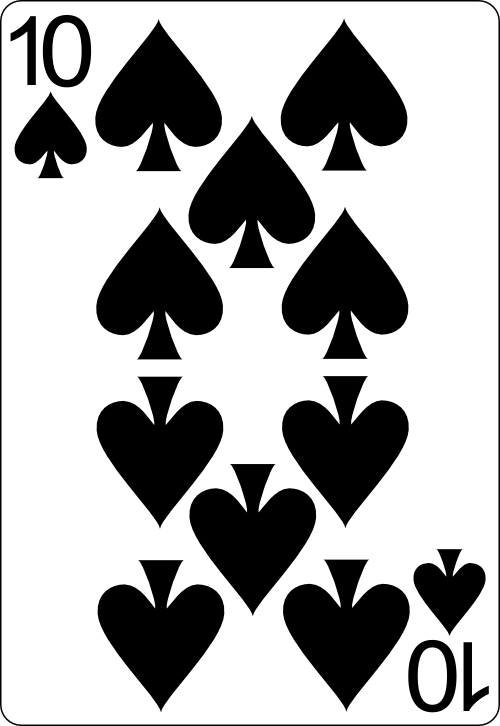   10♠️ |
Straight Flush
Five consecutive cards of the same suit.
     5♠️ |    6♠️ | 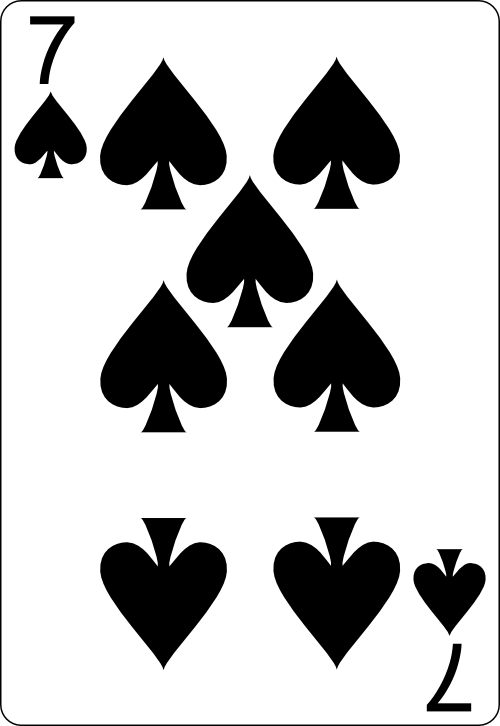   7♠️ | 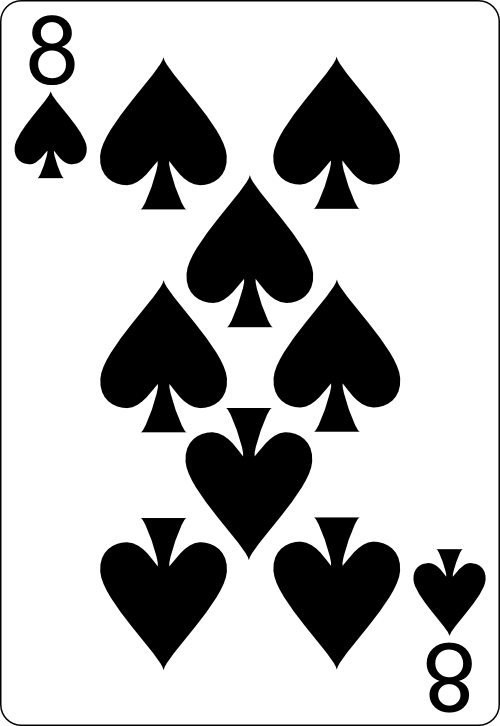  8♠️ | 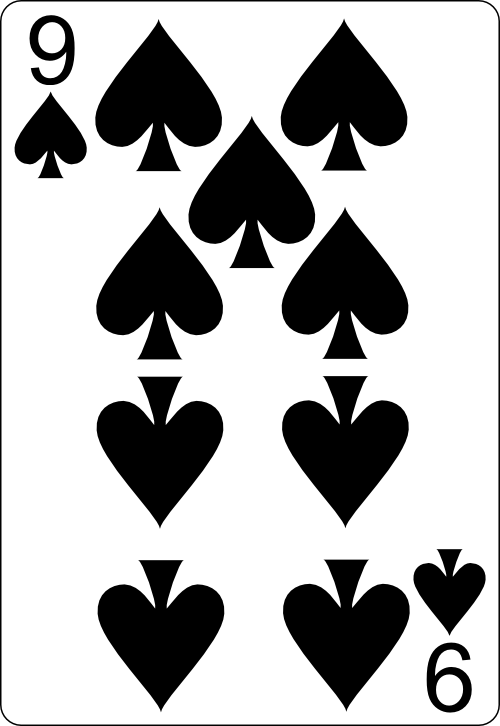   9♠️ |
Four of a Kind
Four cards of the same rank.
   4♠️ |        4♣ |     4♥️ |     4♦️ |    9♠️ |
Full House
Three cards of one rank and two cards of another rank.
    A♣️ |      A♦️ |    A♥️ |        4♣️ |     4♦️ |
Flush
Five cards of the same suit, not in sequence.
  5♦️ | 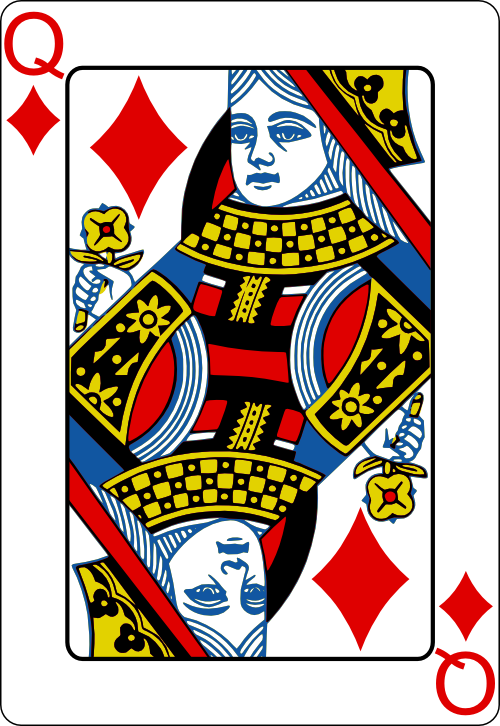  Q♦️ |     3♦️ |    10♦️ |      A♦️ |
Straight
Five consecutive cards of any suit.
  10♣️ |    J♦️ |    Q♠️ | 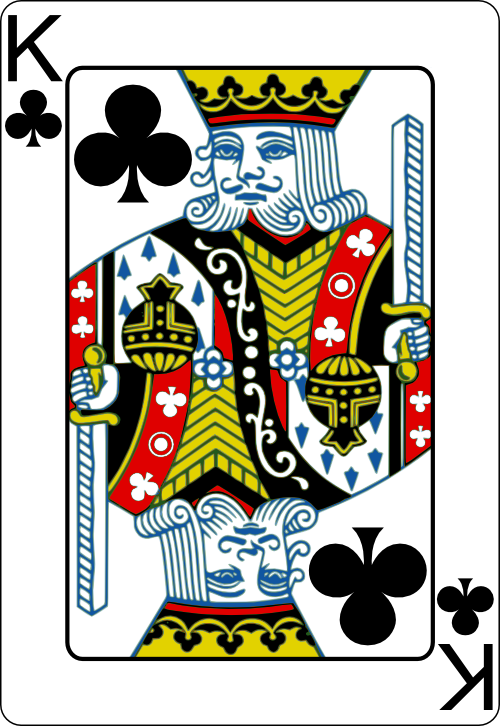   K♣️ |    A♥️ |
Three of a Kind
Three cards of the same rank.
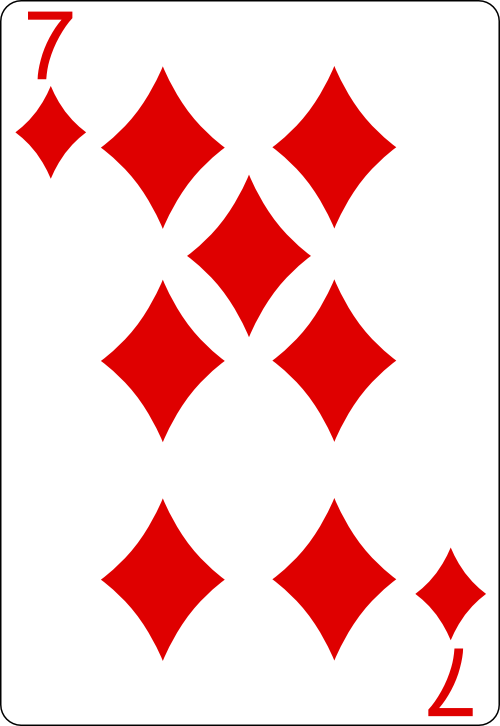  7♦️ | 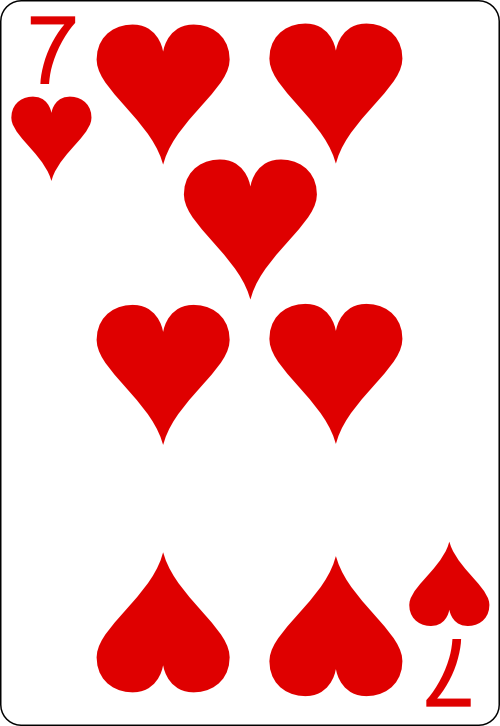  7♥️ |    7♠️ |   K♥️ | 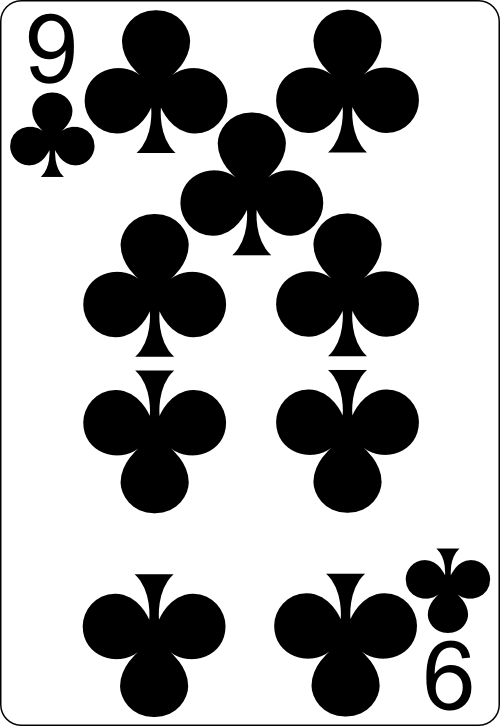  9♣️ |
Two Pair
Two different pairs of cards.
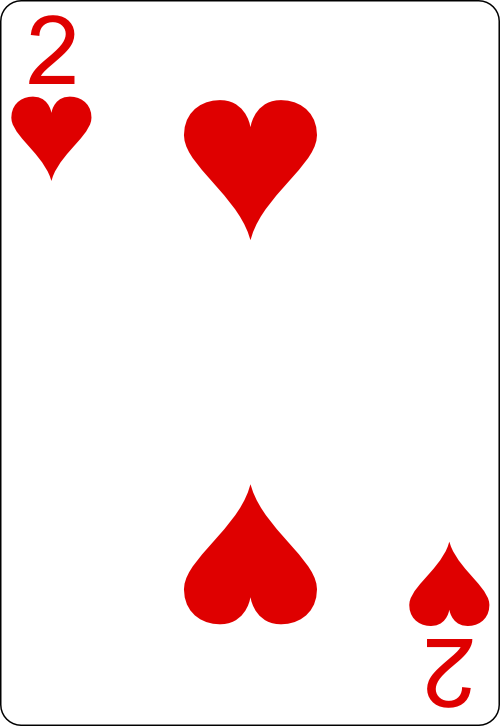       2♥️ |   2♠️ |   J♣️ |    J♦️ |     4♦️ |
Pair
Two cards of the same rank.
   10♠️ |    10♦️ |        4♣️ |      5♠️ |        2♥️ |
Low Hands in Omaha Hi/Lo
In contrast, the best possible low hand is a “wheel” or a five-high straight (5-4-3-2-A). It’s important to note that to qualify for a low hand, a player must have five unpaired cards, all eight or lower. An ace counts as the lowest card. In the event of a tie, the second, third, fourth, and fifth lowest cards are considered.
Five High
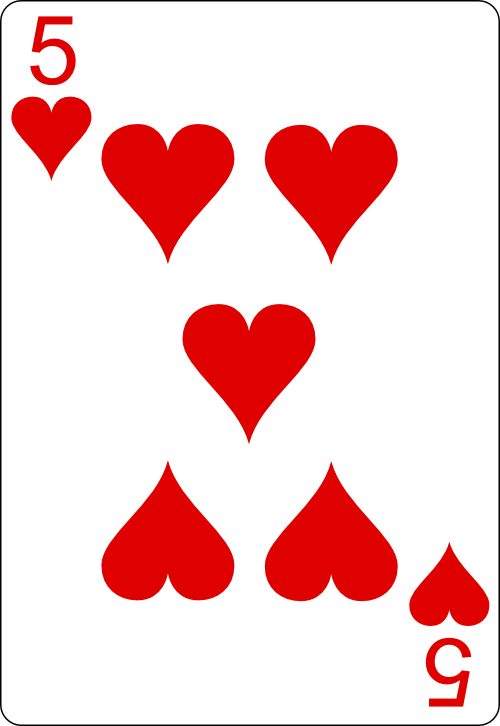   5♥ |        4♣ |   3♠ |     2♦ |     A♣ |
Six High
   6♠ |     4♥ |   3♣ |     2♦ |      A♦ |
Seven High
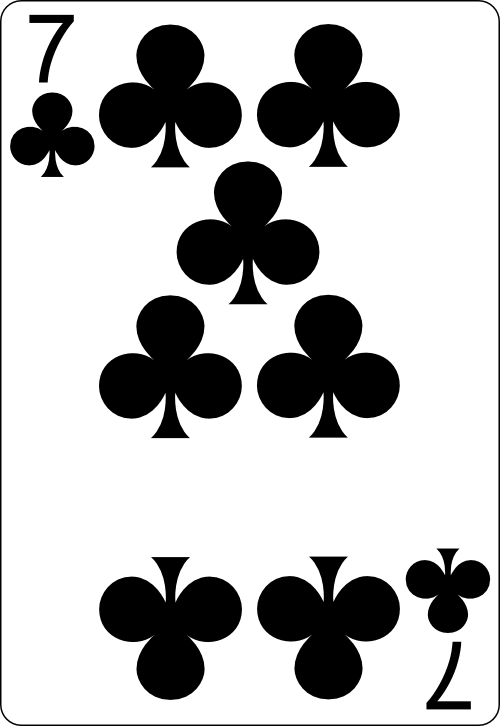  7♣ |      5♥ |     4♥ |     2♦ |      A♦ |
Eight High
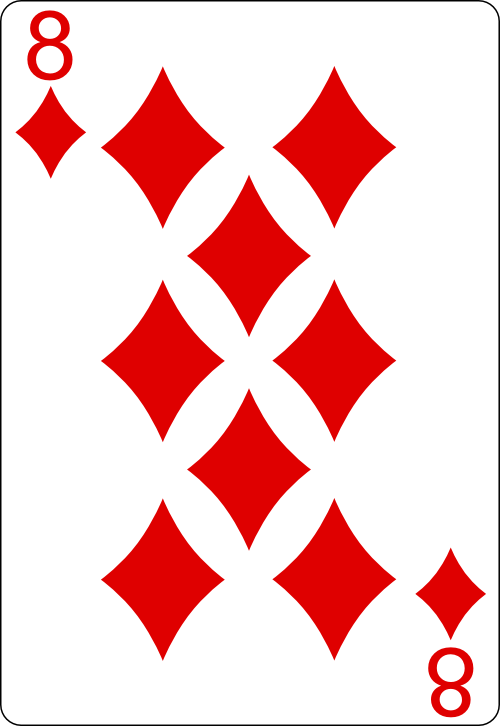  8♦♣ | 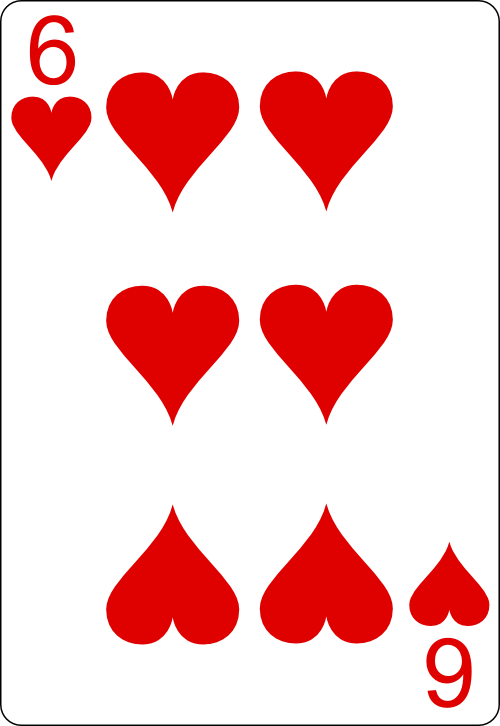  6♥ |        4♣ |     3♦ |     A♣ |
The Concept of Scooping
In Omaha Hi/Lo, the ultimate goal is to win both the high and the low pot, a move known as “scooping.” Scooping occurs when a player has the best high hand and the best low hand. This is why starting hands that have potential for both high and low are highly valued.
Understanding the structure of winning hands in Omaha Hi/Lo is a critical first step in mastering the game. However, it’s just one aspect of a broader Omaha Hi/Lo strategy. To truly excel, players must also learn to assess the strength of their starting hands, read their opponents, and make the most of their position at the table.
Best Strategies for Omaha Hi/Lo
Mastering Omaha Hi/Lo requires a strong understanding of the game’s unique dynamics and the ability to make strategic decisions. In this section, we will discuss key strategies including starting hand selection, assessing the flop, and knowing when to fold.
Starting Hand Selection
In Omaha Hi/Lo, the starting hand you’re dealt can significantly influence the outcome of the game. Ideally, you want a hand that has the potential to win both high and low pots – a concept often referred to as “scooping.” The best hands in Omaha Hi/Lo typically include a mix of high and low cards, along with suited or connected cards that can form straights or flushes.
Some examples of strong starting hands include:
High and Low
     A♠️ |        2♥️ |     3♦️ |    4♠️ |
     A♠️ |        2♥️ |    K♠️ |    K♣️ |
     A♠️ |        2♥️ | 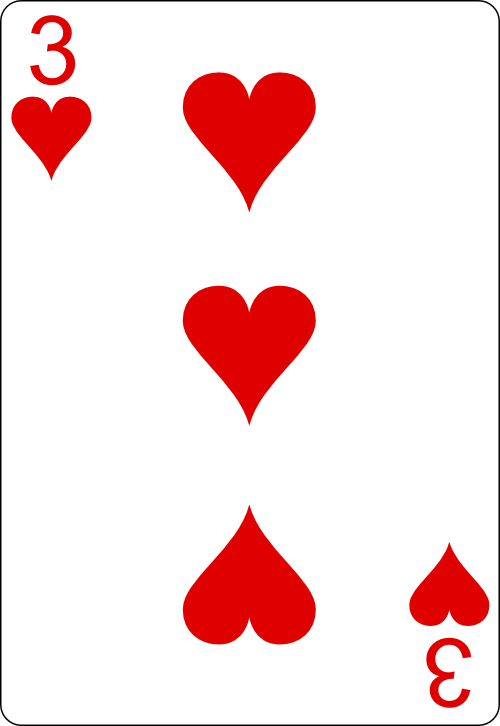   3♥️ |    5♥️ |
Low
       2♥️ |    3♥️ |        4♣️ |      5♠️ |
| Hand | Potential |
|---|---|
| A-2-3-4 | High and Low |
| A-2-K-K | High and Low |
| A-2-3-5 | High and Low |
| 2-3-4-5 | Low |
For more information on selecting starting hands, refer to our guide on omaha hi/lo starting hands.
Assessing the Flop
After the initial round of betting, the “flop” is dealt. This is a crucial moment in the game, where you must assess the potential of your hand in relation to the community cards.
If the flop provides you with a strong hand or a promising draw, you should consider staying in the game. However, if the flop does not improve your hand or enhance your chances of winning, it might be wise to fold.
Remember, the goal in Omaha Hi/Lo is not just to win one pot, but ideally both the high and the low. Therefore, if the flop doesn’t give you opportunities for both, the strength of your hand may be significantly reduced.
Knowing When to Fold
Understanding when to fold is just as important as knowing when to bet in Omaha Hi/Lo. If your starting hand does not improve after the flop, or if the community cards put you at a significant disadvantage, folding might be the best option.
In Omaha Hi/Lo, chasing unlikely draws can be costly. If you only have a chance at winning half the pot (either high or low), consider whether it’s worth the risk, especially if there are many players still in the hand.
Knowing when to fold requires a solid understanding of Omaha Hi/Lo rules and strategies. For more insights on decision-making in this complex game, check out our comprehensive omaha hi/lo strategy guide.
To succeed in Omaha Hi/Lo, players must continually assess the game, adapt their strategies, and make calculated decisions. The ability to choose strong starting hands, accurately assess the flop, and know when to fold are all essential skills in this game. By honing these strategies, you can improve your Omaha Hi/Lo game and enhance your chances of success.
Advanced Omaha Hi/Lo Strategies
While understanding the basic rules and strategies is crucial for any poker game, mastering advanced strategies can take your Omaha Hi/Lo game to the next level. In this section, we’ll delve deeper into the nuances of bluffing, reading your opponents, and making the most of position in Omaha Hi/Lo.
Bluffing in Omaha Hi/Lo
Bluffing is a well-known poker strategy where a player tries to make his opponents believe he has a stronger hand than he actually does. However, bluffing in Omaha Hi/Lo is significantly different from bluffing in other poker variants due to the split-pot nature of the game.
In Omaha Hi/Lo, it’s harder to bluff successfully because players are more likely to stay in the hand hoping to win either the high or the low pot. Therefore, bluffing should be used sparingly and under the right circumstances. For instance, bluffing may be an effective strategy when you’re in a late position, and the other players have shown weakness.
When considering a bluff, always evaluate the risk against the potential reward. If the pot is small, it might not be worth the risk. Knowing when and how to bluff effectively comes with experience and understanding of the game dynamics. For more tips on bluffing, check out our article on omaha hi/lo strategy.
Reading Your Opponents
Being able to read your opponents is an invaluable skill in Omaha Hi/Lo. By paying attention to your opponents’ behavior, betting patterns, and the cards they play, you can gain insights into the strength of their hands and adjust your strategy accordingly.
For instance, if an opponent consistently raises before the flop, they likely have a strong starting hand. On the other hand, if an opponent rarely enters a pot but suddenly starts betting aggressively, they might have a strong high or low hand.
Remember, reading your opponents is more about understanding their habits and patterns than trying to detect whether they’re bluffing. This skill can give you a significant advantage in playing and identifying omaha hi/lo best hands.
Making the Most of Position
In Omaha Hi/Lo, your position at the table can significantly influence your game strategy. Players in late positions (closest to the dealer) have a strategic advantage because they can observe other players’ actions before making their own decisions.
If you’re in a late position and the players before you have checked or folded, you might take the opportunity to bluff or steal the blinds. Conversely, if you’re in an early position, you should play more conservatively, especially if you don’t have a strong starting hand.
Remember, the best position is always the dealer position, as you’ll be the last to act in each betting round. This allows you to make the most informed decision possible, having seen how all the other players have acted.
Understanding and implementing these advanced strategies can significantly improve your Omaha Hi/Lo game. For more insights on strategy and how to play, check out our comprehensive guide on omaha hi/lo beginner’s guide.
Tips for Improving Your Omaha Hi/Lo Game
Mastering Omaha Hi/Lo poker requires not just knowledge of the best hands or understanding of the rules but also continuous improvement and refinement of your game strategy. Here are some tips to help you enhance your gameplay and increase your chances of success.
Practice Makes Perfect
Like many other skills, poker requires consistent practice to master. Playing Omaha Hi/Lo frequently allows you to familiarize yourself with the game’s unique dynamics and nuances. The more hands you play, the better you become at identifying Omaha Hi/Lo best hands and making strategic decisions.
Take advantage of free online poker games or low-stakes games to practice without risking a significant amount of money. As you gain confidence in your skills, gradually increase the stakes and challenge yourself against more experienced players. Remember, the goal is not just to win but also to learn and improve.
Learning from Mistakes
Every poker player, regardless of their level of experience, makes mistakes. What separates good players from the rest is their ability to learn from these mistakes.
If you find yourself in a losing streak, take a break and review your game. Identify the mistakes you made and understand why you made them. Did you overestimate the strength of your hand? Did you fail to read your opponents correctly? By recognizing and understanding your errors, you can avoid repeating them in future games.
For a deeper understanding of common mistakes and how to avoid them, check out our Omaha Hi/Lo beginner’s guide.
Staying Patient and Focused
Patience is a key virtue in poker, especially in a game like Omaha Hi/Lo where the action can be slow and the hands can be complex. Don’t rush your decisions; take the time to assess the situation, consider your options, and make the best possible move.
Stay focused throughout the game, paying attention to your opponents’ actions and habits. This will help you read their hands, predict their moves, and make strategic decisions.
Also, remember that poker is a game of ups and downs. Even the best players experience losing streaks. Don’t let a few losses discourage you. Stay patient, stay focused, and keep improving your game.
Improving your Omaha Hi/Lo game is a continuous process. By practicing regularly, learning from your mistakes, and maintaining patience and focus, you can enhance your skills and increase your chances of success. For more tips and strategies, visit our Omaha Hi/Lo strategy page.

